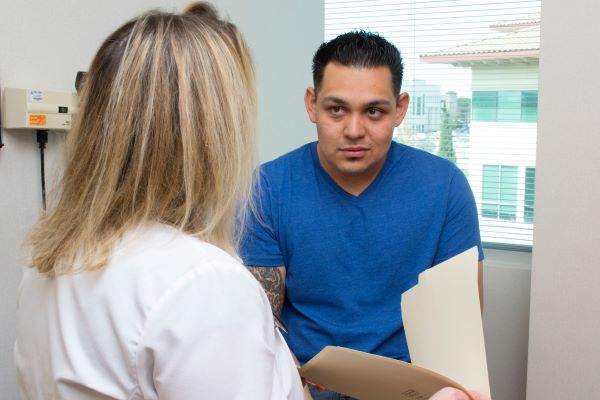
The COVID-19 pandemic has shaped recent flu seasons, and there’s reason to believe this trend will continue.
San Antonio infectious disease specialist Charles Lerner, MD, expects a more severe flu season this winter as well as continued vaccine hesitancy, both of which he says are byproducts of the ongoing pandemic.
Physicians can help mitigate this risk by encouraging patients to get their flu vaccines as soon as possible.
“With the flu season [already] started, I would say immunize right now,” he said.
Dr. Lerner, who serves as a consultant on the Texas Medical Association Committee on Infectious Diseases, says the last two flu seasons have been milder than normal, which he attributes to mitigation measures adopted during the pandemic.
“My assumption is, now that we’re not masking, influenza will come back,” he said. “And, since the immunity of the population has been reduced because we haven’t had as much influenza circulating, we’ll have a more severe flu season.”
He also cites data from Australia, whose winter ended in August, and from the Centers for Disease Control and Prevention (CDC), which show increased flu activity.
Flu season typically begins in October and peaks between December and February, according to CDC. But Dr. Lerner advises physicians to be proactive and urge their patients to get their flu vaccine – along with their COVID-19 booster – to ensure they’re protected in the coming months.
After reviewing nearly 500,000 patients who received both the flu and the COVID-19 vaccines during the 2021-22 flu season, CDC found no safety concerns, and its updated guidance indicates that patients can get both vaccines at the same visit.
Dr. Lerner also encourages physicians to consult the federal Advisory Committee on Immunization Practices’ (ACIP’s) updated annual guidance regarding flu vaccines.
Although this year’s ACIP recommendations remain largely unchanged, they include information about the best flu vaccine types for different demographic groups. For instance, older adults may benefit from the high dose, recombinant, or adjuvanted inactivated vaccine types, whereas people who are immunocompromised shouldn’t receive live attenuated vaccines.
Dr. Lerner says another side effect of the pandemic is increased vaccine hesitancy, pointing to declines in childhood vaccination rates, which have led to vaccine-preventable outbreaks, including polio in New York.
Data from ImmTrac2, Texas’ immunization registry, show a 26% decline in the number of vaccinations administered in 2020 compared with 2019, largely due to delayed or missed well-child visits. Although vaccination rates have improved since then, they remain below prepandemic levels. Meanwhile, conscientious exemptions for school children are on the rise, which TMA public health experts say puts Texas at risk of its own vaccine-preventable outbreaks.
“I anticipate all vaccines are going to have a problem,” Dr. Lerner said.
In the face of this ongoing challenge, he recommends emphasizing the benefits of vaccination as well as the risks of going unprotected to patients who are skeptical.
“It’s a lot safer to get the vaccine than not,” he said of both the flu and the COVID-19 shots. “It’s like wearing seatbelts.”
Emma Freer
Associate Editor
(512) 370-1383